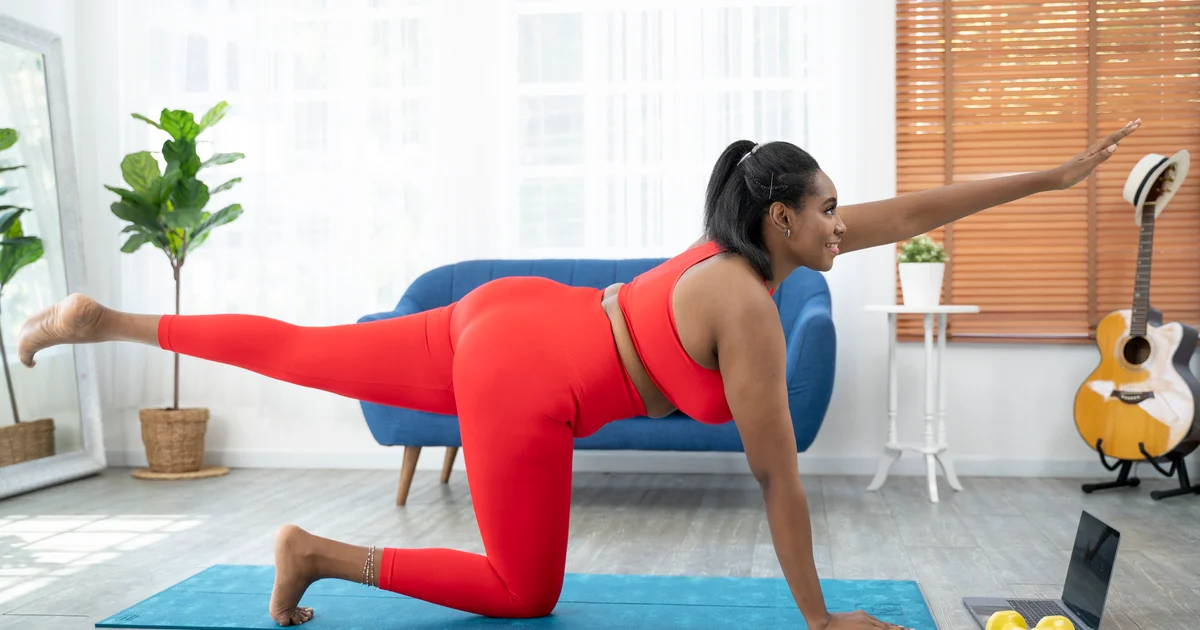In today’s fast-paced world, finding time to unwind and take care of your body can feel like a luxury. However, incorporating a daily stretching routine into your schedule is a simple yet powerful way to improve flexibility, reduce stress, and enhance overall well-being—all from the comfort of your home. Whether you’re a beginner or someone looking to deepen their practice, these stretches can help you feel more relaxed, energized, and connected to your body.
Why Stretching Matters
Stretching is more than just a way to improve flexibility. It offers a host of benefits, including:
- Improved Flexibility and Mobility: Regular stretching helps lengthen muscles, increase range of motion, and prevent stiffness.
- Stress Reduction: Stretching activates the parasympathetic nervous system, promoting relaxation and reducing cortisol levels.
- Better Posture: Stretching tight muscles, especially in the neck, shoulders, and back, can help align your body and improve posture.
- Enhanced Circulation: Stretching increases blood flow to muscles, delivering oxygen and nutrients while removing waste products.
- Mental Clarity: Combining stretching with mindful breathing can help clear your mind and improve focus.
Creating a Daily Stretching Routine
A well-rounded stretching routine should target all major muscle groups and include both static (holding a stretch) and dynamic (moving through a range of motion) stretches. Here’s a simple 15-20 minute routine you can do at home:
Warm-Up (2-3 Minutes)
Before diving into stretching, it’s important to warm up your muscles. This can be as simple as marching in place, doing arm circles, or gently swaying side to side. The goal is to get your blood flowing and prepare your body for deeper stretches.
Neck and Shoulder Stretches (3 Minutes)
- Neck Tilt: Sit or stand tall. Gently tilt your head to the right, bringing your ear toward your shoulder. Hold for 15-20 seconds, then switch sides.
- Shoulder Rolls: Roll your shoulders forward in a circular motion 5 times, then reverse the direction.
These stretches help relieve tension from sitting at a desk or looking at screens.
Upper Body Stretches (4 Minutes)
- Cat-Cow Stretch: Start on your hands and knees. Inhale as you arch your back (cow pose), lifting your head and tailbone. Exhale as you round your spine (cat pose), tucking your chin and pelvis. Repeat for 5-6 breaths.
- Chest Opener: Clasp your hands behind your back, straighten your arms, and lift them slightly. Open your chest and hold for 20-30 seconds.
These stretches counteract the hunched posture often caused by daily activities.
Lower Body Stretches (5 Minutes)
- Hamstring Stretch: Sit on the floor with one leg extended and the other bent. Reach toward your toes, keeping your back straight. Hold for 20-30 seconds, then switch legs.
- Hip Flexor Stretch: Step one foot forward into a lunge position, keeping your back leg straight. Push your hips forward gently and hold for 20-30 seconds. Switch sides.
- Butterfly Stretch: Sit with the soles of your feet together and knees bent outward. Hold your feet and gently press your knees toward the floor. Hold for 20-30 seconds.
These stretches target the legs and hips, areas that often hold tension.
Full-Body Stretch (2-3 Minutes)
- Child’s Pose: Kneel on the floor, sit back on your heels, and stretch your arms forward, lowering your chest toward the ground. Hold for 30 seconds to 1 minute.
- Standing Forward Fold: Stand with your feet hip-width apart. Slowly bend forward at the hips, letting your head and arms hang. Hold for 20-30 seconds.
These poses promote relaxation and release tension throughout the body.
Cool Down and Breathing (2-3 Minutes)
End your routine with deep breathing. Sit or lie down in a comfortable position, close your eyes, and take slow, deep breaths. Inhale for a count of 4, hold for 4, and exhale for 6. Repeat for 1-2 minutes.
Tips for Success
- Consistency is Key: Aim to stretch daily, even if it’s just for 10 minutes. Over time, you’ll notice improvements in flexibility and stress levels.
- Listen to Your Body: Stretching should never be painful. Go only as far as feels comfortable and avoid bouncing, which can cause injury.
- Combine with Mindfulness: Use your stretching time to focus on your breath and be present in the moment. This enhances the stress-relieving benefits.
- Modify as Needed: If you have any injuries or limitations, modify stretches or consult a professional for guidance.
Conclusion
A daily stretching routine is a small investment of time that yields significant rewards for your body and mind. By dedicating just 15-20 minutes a day to stretching, you can improve your flexibility, reduce stress, and create a sense of calm in your life. Whether you’re starting your day, taking a break from work, or winding down in the evening, these stretches can help you feel more balanced and rejuvenated. So roll out your mat, take a deep breath, and give your body the care it deserves—right at home.
